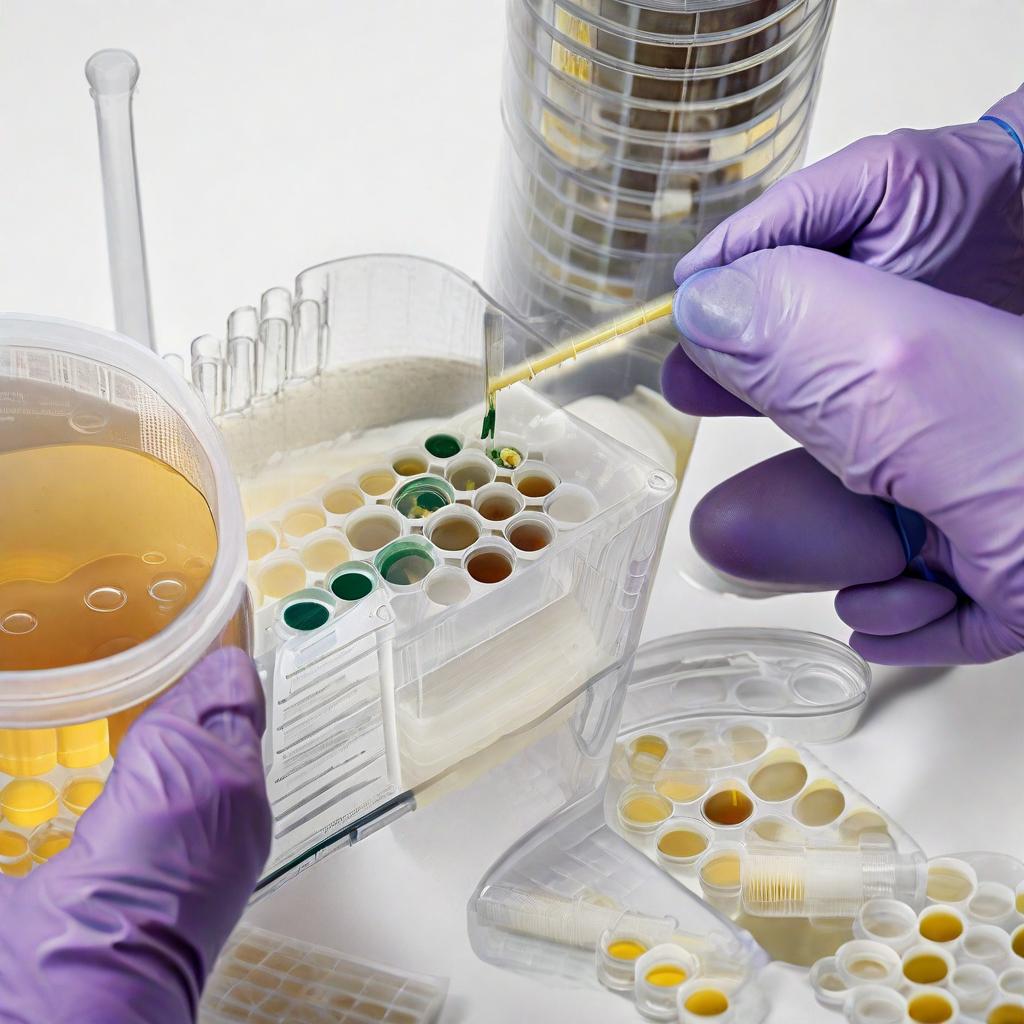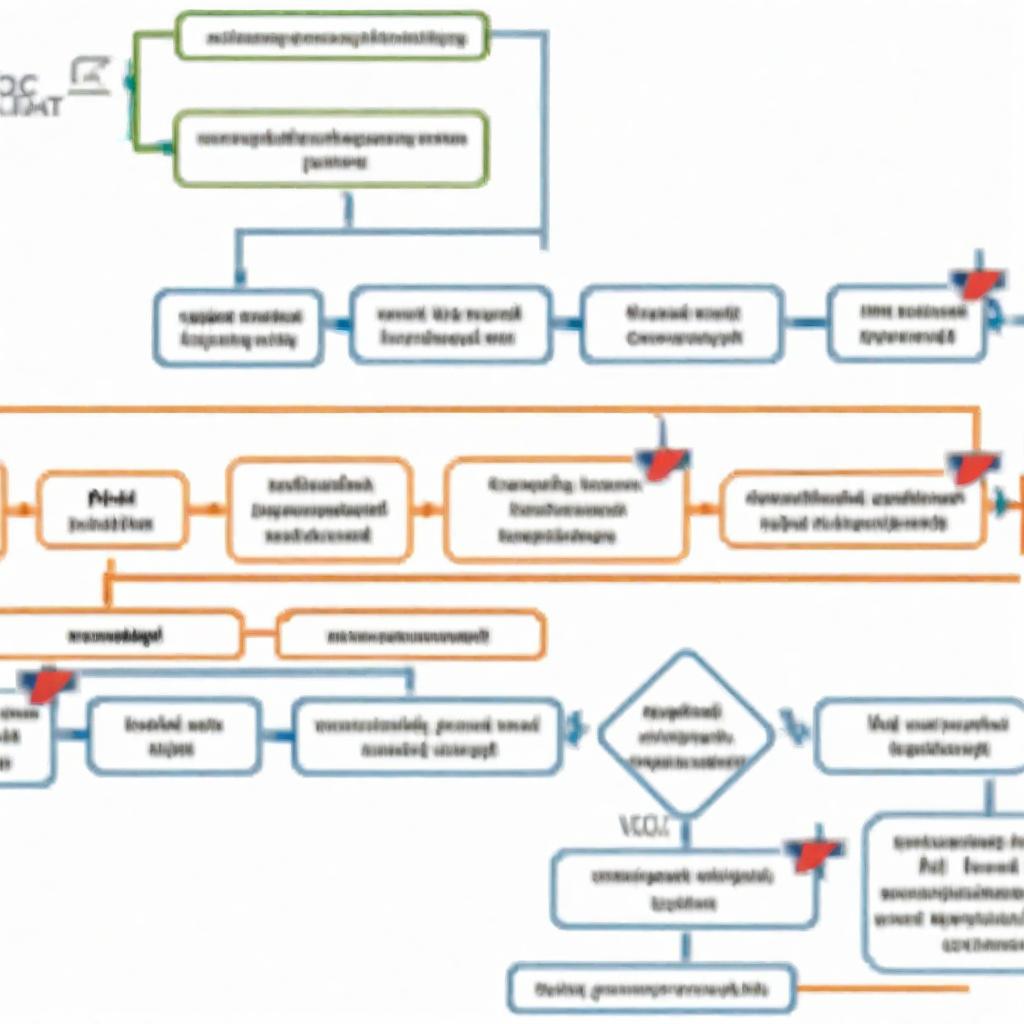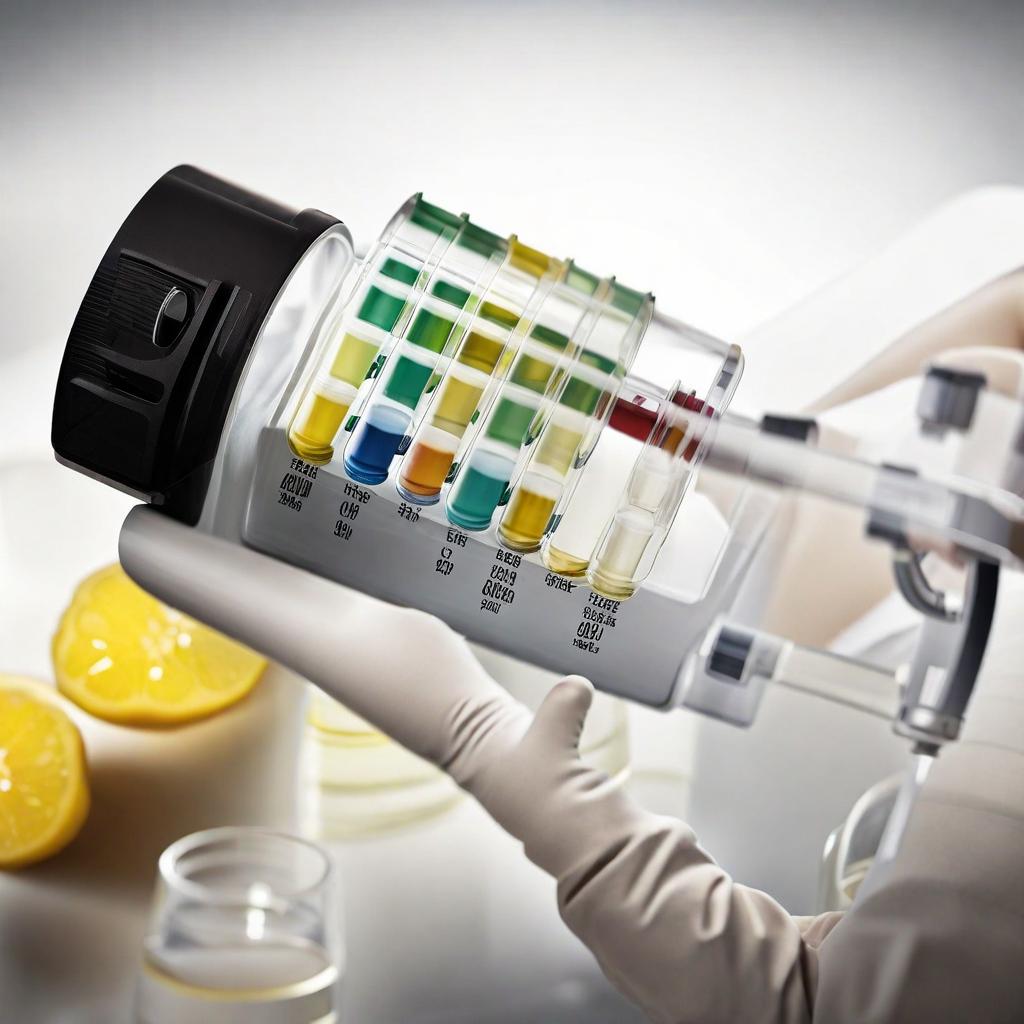The Midstream Clean Catch:

When visiting the doctor for a checkup or diagnostic test, you might be asked to provide a urine sample. But not all urine samples are created equal! There are different types collected for various purposes. Among them, the midstream clean catch reigns supreme as the most frequently used method.
turbidity refers to the ________ of urine. What Does Turbidity Tell Us About Our Health?
Explain why isokinetic exercises cannot generally be performed by individuals at home(2023)
Table of Contents
Why the Midstream Clean Catch Takes the Crown?
The midstream clean catch method prioritizes accuracy and hygiene. Here’s why it wins the gold medal:

Minimizes contamination: By discarding the first and last portions of the urine stream, we reduce the risk of bacteria or debris from the genital area entering the sample. This ensures a purer specimen for accurate analysis.
Catches the “good stuff”: The midstream portion of urine typically reflects the overall composition of what’s happening in your kidneys and bladder, providing valuable insights into your health.
Simple and convenient: This method can be easily performed by anyone, making it a versatile and accessible option for all ages and abilities.
The Art of the Catch: A Step-by-Step Guide
Here’s how to nail the midstream clean catch like a pro:
1.Wash your hands thoroughly with soap and water.
2.Obtain a sterile urine container from your healthcare provider.
3.Position yourself comfortably over the toilet or a dedicated collection container.
4.Start to urinate. Discard the first portion of urine into the toilet or collection container (usually the first second or two).
4.Place the sterile container under the midstream of urine and collect a moderate amount (about 30-60 mL). Don’t overfill the container.
5.Finish urinating into the toilet or collection container.
6.Seal the container tightly and label it with your name and date of collection.
7.Deliver the sample to your healthcare provider promptly, ideally within two hours of collection.
Beyond the Basics: Special Considerations
Remember, some situations might require slight adjustments to the midstream clean-catch technique:

Infants and young children: For little ones, special collection bags or pads might be used. Consult your healthcare provider for specific instructions.
Uncircumcised men: Retracting the foreskin before starting the collection can help minimize contamination.
Women during menstruation: Collecting a sample mid-cycle, and avoiding menstrual bleeding days, might be recommended.
The Power of Knowing: What Can Your Urine Reveal?
Urine analysis is a powerful tool used to diagnose and monitor various health conditions. The midstream clean catch specimen can reveal a wealth of information, including:

Urinary tract infections (UTIs): The presence of white blood cells or bacteria can indicate infection.
Kidney function: Elevated levels of certain proteins or creatinine might suggest kidney problems.
Diabetes: High glucose levels in the urine could be a sign of uncontrolled diabetes.
Bladder stones: Blood or crystals in the urine might point towards bladder stones.
Remember, a clean catch is a healthy catch! By understanding the importance and technique of the midstream clean catch, you can contribute to accurate diagnoses and optimal healthcare outcomes. So, the next time you’re asked for a urine sample, channel your inner champion and deliver the perfect midstream catch!
Disclaimer:
This article is for informational purposes only and should not be construed as medical advice. Always consult with a qualified healthcare professional for any concerns about your health or before making any changes to your healthcare routine.

